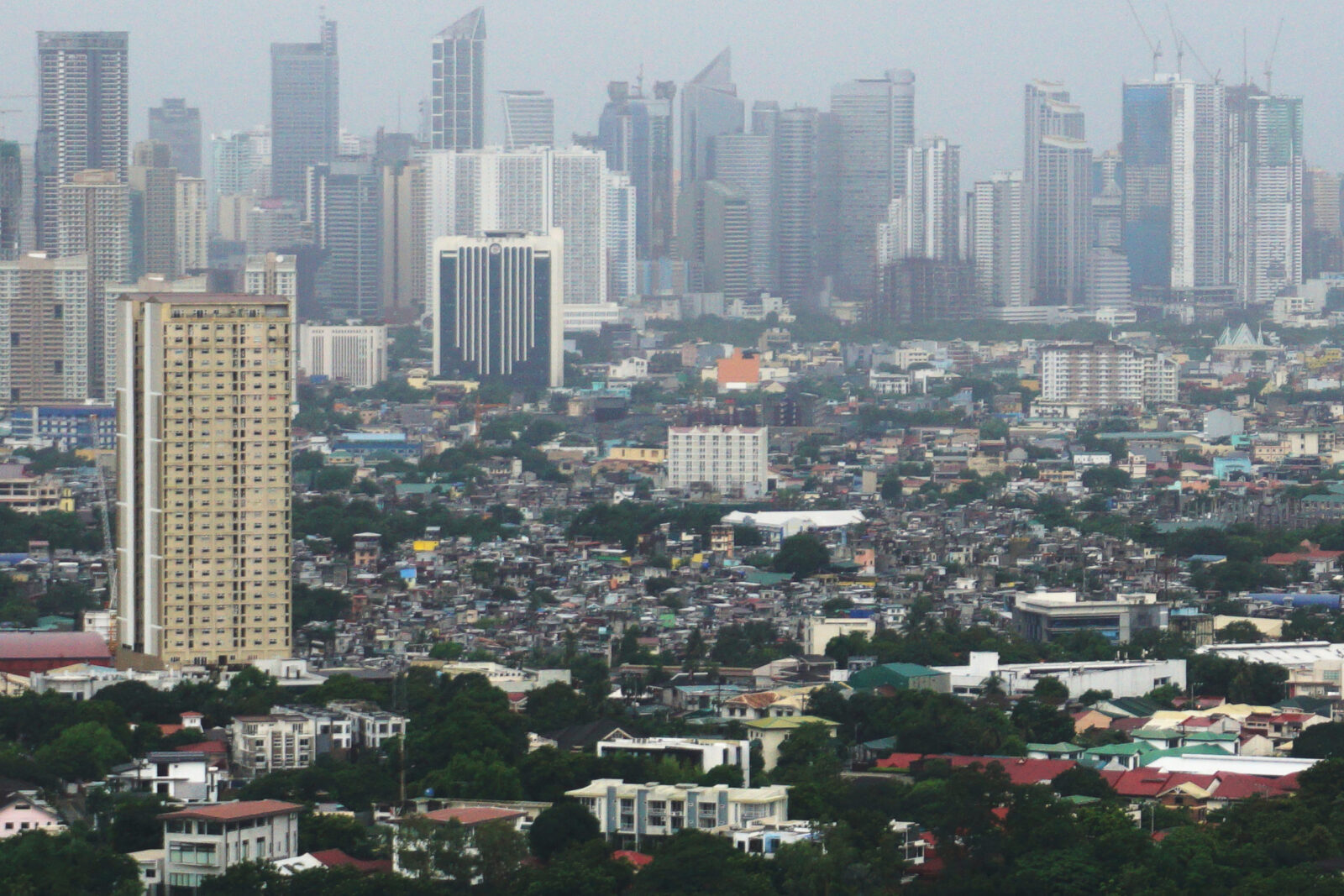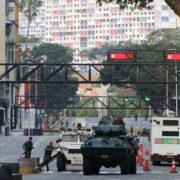PH seen to reach upper mid-income status by ’27

It is “more likely” that the Philippines would hit the elusive upper middle income status in 2027 rather than next year, as the local economy would not be spared from the onslaught of the ongoing tariff war, World Bank said.
Speaking to reporters on Monday, Gonzalo Varela, lead economist and program leader at World Bank, said climbing to the next higher income bracket in 2026 would only be possible if the Philippines could muster an “outstanding growth” despite the tariff-induced headwinds.
“With our [growth] forecast that is just out, it will not be 2026,” Varela said on the sidelines of a high-level conference of middle-income countries in Manila.
“The more likely scenario is that it will take a couple of years. It won’t be 2026. It’s more likely that it may be 2027,” he added.
In its Regional Economic Update released last week, the Washington-based institution trimmed its gross domestic product growth for the Philippines to 5.3 percent in 2025, from 6.1 percent previously.
If the watered-down projection comes to pass, the full-year growth in 2025 would fall short of the 6 percent to 8 percent target of the Marcos administration. For 2026, the World Bank penciled in a slightly faster growth rate of 5.4 percent.
The World Bank is the latest institution to downgrade its outlook on the Philippines and the rest of the world amid tariff-induced global uncertainties.
And if its outlook comes to pass, the Marcos administration’s goal of attaining upper-middle income status by 2026 might not be doable.
Detrimental
To be an upper-middle-income economy means to have a per capita gross national income (GNI)—or the total amount of money earned by a country’s people and businesses at home and abroad—of between $4,516 and $14,005.
Despite posting a new record-high GNI per capita of $4,230 in 2023, the Philippines has been stuck in lower-middle-income classification since 1987.
Secretary Arsenio Balisacan of the Department of Economy, Planning and Development had said the country could transition to the upper middle income category in 2026 if it could sustain economic growth of at least 6 percent.
In his speech during Monday’s conference, Balisacan said the country was still “well-positioned” to climb the income ladder, “barring major external shocks, and assuming a favorable global trade environment.”
World Bank’s Varela believed that an increase in global uncertainty “is going to be detrimental for the Philippines’ growth prospects.”
“It will likely affect exports and it will affect investment. Investment is heavily affected by policy uncertainty,” he said.
“So in this context, the main way to continue growing is to double down on domestic reforms that reduce the cost of investing in the Philippines,” he added.





















